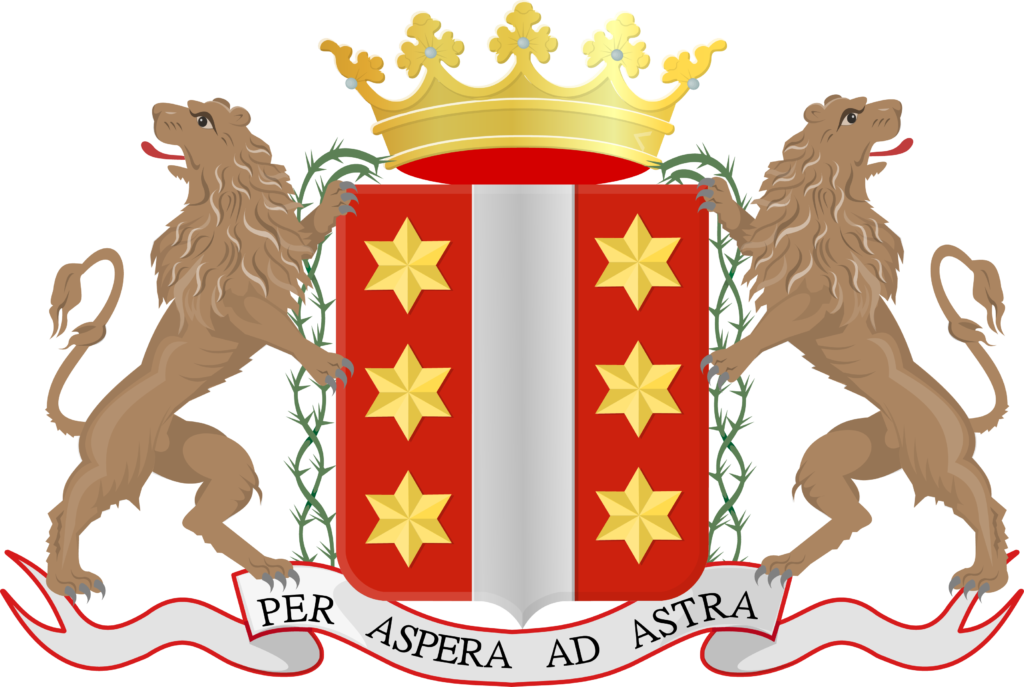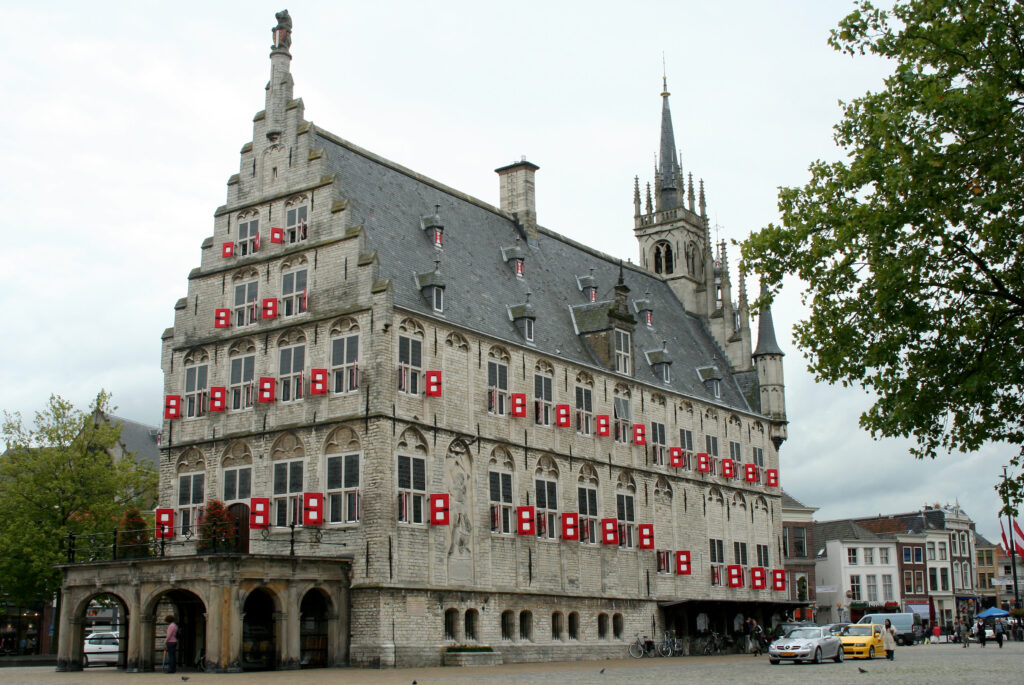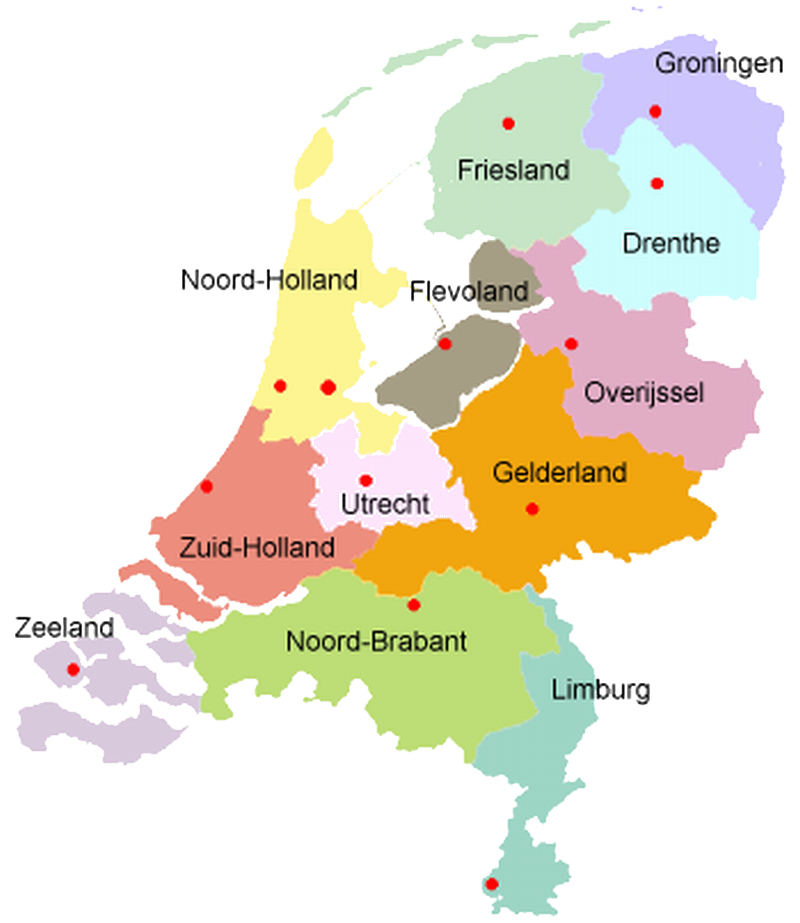GOUDA
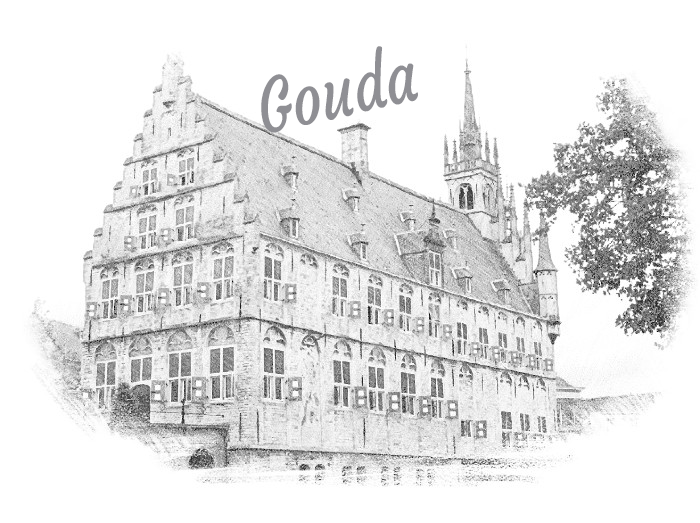
A Dutch product .Loved Worldwide
Gouda cheese, originating from the Netherlands, is a product that has captured the hearts of cheese enthusiasts worldwide. Named after the city of Gouda in South Holland, this semi-hard cheese has a rich history that dates back to the Middle Ages.
Gouda cheese is crafted from cow’s milk and is renowned for its distinct flavor and smooth, creamy texture. The cheese undergoes a traditional cheese-making process, where curds are formed, pressed, and aged for varying periods, giving it a wide range of flavors, from mild and buttery to sharp and nutty.
One of the most enticing qualities of Gouda is its versatility. It can be enjoyed in various ways – sliced in sandwiches, grated over pasta, melted on burgers, or even paired with fruits and wines on a cheese platter. Its delightful combination of flavors complements both sweet and savory dishes.
The aging process significantly influences Gouda’s taste. Young Gouda, aged for a few weeks, boasts a mild and creamy flavor, while aged Gouda, matured for several months or even years, develops a more complex and robust taste with delightful caramel and butterscotch undertones.
Beyond its delectable taste, Gouda is also a nutritional powerhouse. It is a great source of calcium, protein, and essential vitamins, making it a healthy choice for cheese enthusiasts.
Gouda’s popularity has transcended national boundaries, and today, it graces the tables of cheese connoisseurs and food enthusiasts worldwide. So, whether you’re enjoying a casual snack or planning an elegant dinner, Gouda cheese is sure to add a touch of Dutch delight to your culinary experiences.

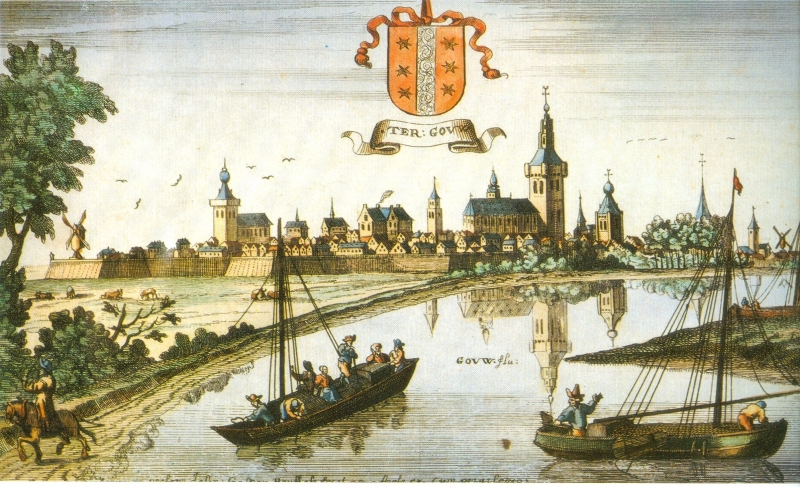
plague epidemics

The market square with its imposing Gothic town hall is crowd puller number one.
The weigh house in Gouda (also called the kaaswaag) is located on the Markt, opposite the back of the town hall. The weigh house was built to a design by Pieter Post in 1668, after Gouda had been able to lease the right of the Waag from the Dutch Court of Auditors for fifteen years in 1667,
Since 1995 the “Gouda Cheese Museum” has been located in the weigh house.
The Tourist Office will find a branch here.
It should be reassuring to know that witches have never been weighed here.
The witch persecution was on its way back around 1610 and this weigh house was built in 1668.
Witch trials weren’t so popular anymore.

walk along a maze of canals
Gouda is a real water city and has beautiful canals that give the city view a fairytale appearance. Nevertheless, many Gouda canals have been filled in in the past. These were in fact open sewers and because of these sides life in Gouda became very unhealthy. There were constantly nasty diseases, such as dysentery (severe form of diarrhea), cholera and typhoid fever. In 1673, more than 3,000 people died of the plague. Since the construction of sewerage, the diseases have been reduced. Now a walk through the labirynt of the canals is a real feast.

oldest gothic town hall
